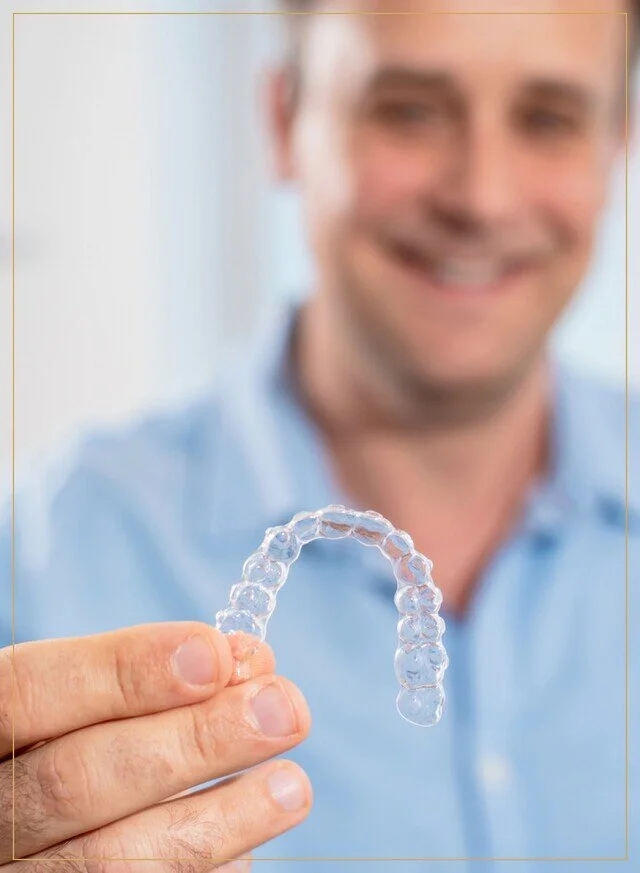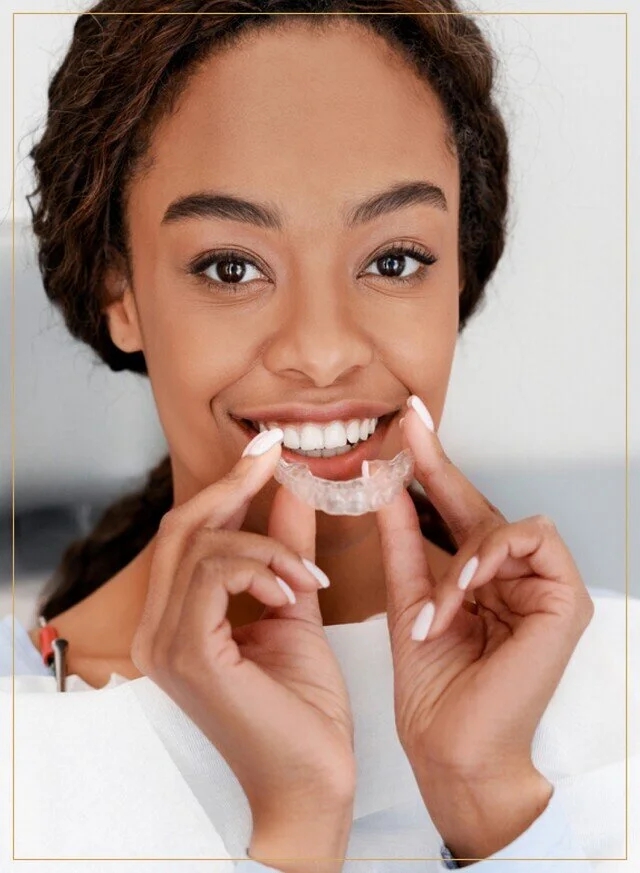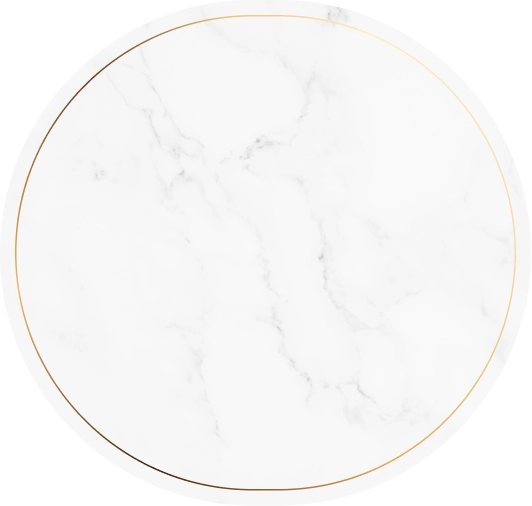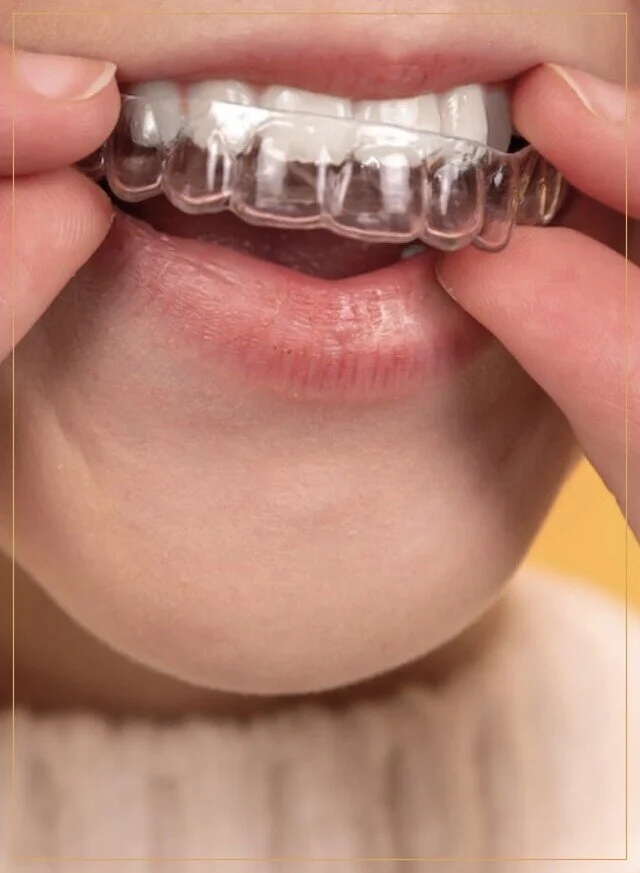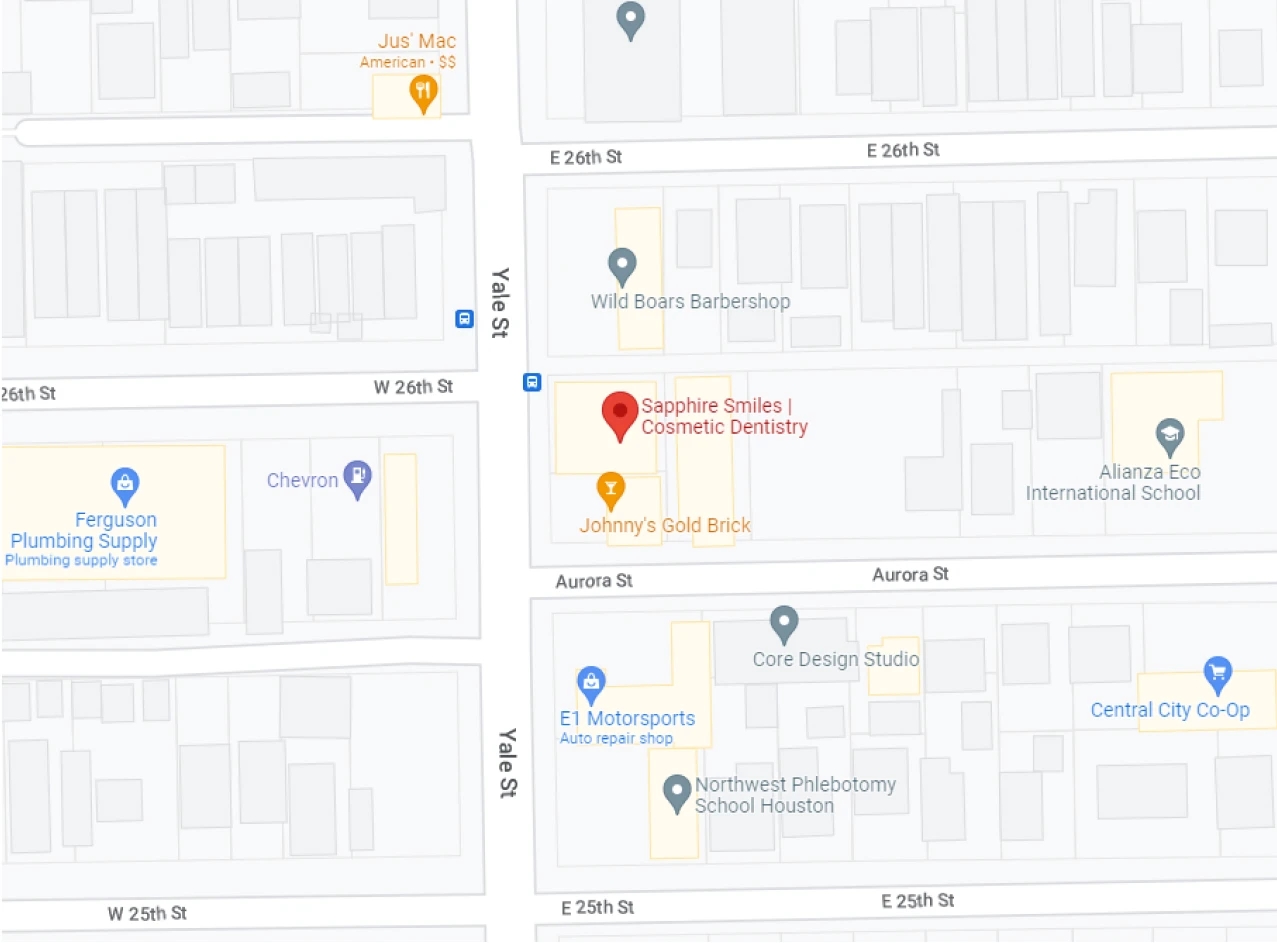How Does Invisalign Work?
During your initial Invisalign consultation with Dr. Mary or Dr. Antoun, they will begin to create your treatment plan by taking a digital scan of your teeth. Laboratory technicians will use the scan to create an outline of your treatment that shows every phase of your Invisalign journey, including the predicted final results.
Your Invisalign Aligners
After a few weeks, your custom-made Invisalign trays will be ready to insert. Most patients receive 15 to 25 aligners, which change approximately every ten days. However, every patient has a unique solution, so your number of trays may vary.
The team at Sapphire Smiles will show you how to wear and maintain your trays. You must commit to wearing them a minimum of 22 hours a day to achieve the best results.
Each set of Invisalign trays is designed to make slight movements in your teeth. You'll replace your aligners every ten days, and they will gently move your teeth into the proper position. You'll visit us regularly throughout treatment to ensure your smile is progressing as planned.
Invisalign treatment takes 4 to 12 months, depending on your specific needs. In many cases, it is significantly faster than traditional orthodontic treatment.
After completing your Invisalign treatment, your teeth will look straighter and more even. We will give you a retainer that will help keep your teeth in the correct position so you can continue loving your new smile.





